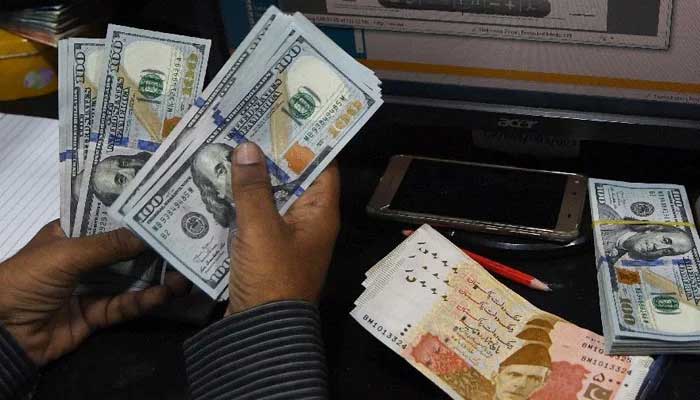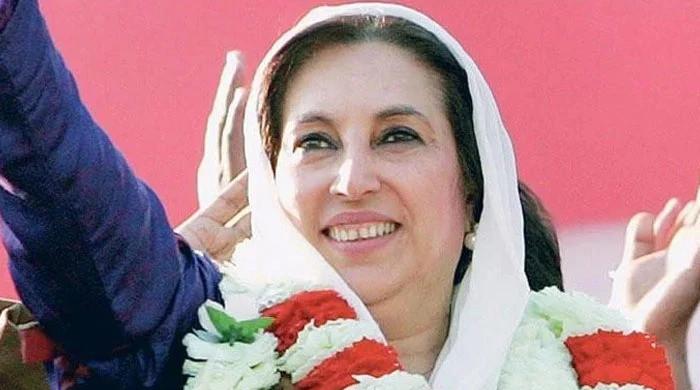Demonetisation and capital
Inability to understand demand and supply dynamics makes policymakers take decisions on an ad-hoc basis, rather than to meet a structural goal
April 30, 2023

There is more than Rs8.5 trillion of currency in circulation sloshing around in the economy. This is capital or funds that stay outside the formal financial system. The increase in currency-in-circulation has far outpaced economic growth.
In June 2019, currency-in-circulation was around Rs4.9 trillion and has increased by more than 75% or Rs3.6 trillion. Regardless of the time period one looks at, the growth in currency-in-circulation has been considerable, and the effect of the same is visible in inflated asset prices, particularly in the informal segment.
The existence of an increasing quantity of currency in circulation continues to push up aggregate demand in the economy. As demand increases, supply remains constrained, whether due to the inability to develop aggregate supply locally or due to excessive reliance on imports, resulting in increasing inflation.
The current bout of inflation that has led to all-time high inflation levels can be partially attributed to significant growth in the monetary base, in addition to supply chain constraints. The inability to effectively redeploy available capital into more productive areas that can increase aggregate supply is also one of the core reasons inflation continues to push upwards.
Policymakers are quick to blame international commodity prices for any episodes of inflation, but they conveniently ignore the crucial role that the demand and supply dynamics play in ensuring that long-term inflation remains in a targeted range.
The inability to understand demand and supply dynamics, whether that of local currency, foreign currency, or other tangible goods, has led to a situation where policy decisions are taken on an ad-hoc basis, rather than to meet a structural goal.
As a significant quantity of financial capital stays outside the formal financial system, this reduces the availability of financial capital in the system, which can drive growth in the formal economy.
Currently, roughly 70% of all banking assets are directly or indirectly allocated towards the sovereign. As the sovereign’s appetite for borrowed funds continues unabated, and it continues to run recurring fiscal deficits, the demand for financial capital continues to increase. As such demand increases, and as the supply of financial capital in the system remains constrained while increasing quantity is kept in currency outside the system — there is a shortage of capital available in the system, relative to the demand.
Such a shortage eventually means an increase in price, and the interest rate is essentially the price of money. As the availability of financial capital in the system remains constrained, the interest rate continues to increase — we continue to maintain the highest-ever interest rates at this point in time, and if things don’t change, they may increase further.
As the sovereign continues to crowd out credit to the private sector, by being the largest borrower in the system, this reduces the relative quantity of capital available for the development of the private sector, and eventually industrial, or agricultural growth. Since this has continued for more than 10 years now, industrial development has been sparse at best, and any development has largely been through highly concessional and distortionary schemes.
The capital available for allocation to farmers is actually lower than the credit that is allocated by banks to their employees. Sparse availability of capital as a function of an irresponsible sovereign running recurring deficits, and the existence of an increasing quantity of capital outside the system has led to a scenario where there has been relatively low investment in the development of industrial and agricultural capacity, and eventually aggregate supply.
Pakistan has one of the lowest savings rates among emerging and frontier markets at 13% of GDP, and this has stayed consistently low. A low savings rate does not mean that households save any less; it implies that households do not save in the formal segment, and prefer to save in the informal segment — whether that is through stashing cash under the mattress or buying real estate in one synthetic form, or another.
Due to a low savings rate, the investment rate is also low, since not enough capital is available in the system to invest in either infrastructure or the development of industrial or agricultural capacity.
Demonetisation that takes out a significant quantity of currency-in-circulation and redeploys it into the formal financial sector is not a one-size-fits-all panacea. It certainly does solve the problem of reducing the quantity of currency in the economy, while increasing the supply of financial capital in the system.
It solves the savings problem to a certain extent. An increase in the supply of financial capital in the system would eventually result in a reduction in interest rates, assuming the sovereign becomes slightly more fiscally responsible.
The fresh capital available can be redeployed towards areas that are export-oriented, and enable diversification and growth of the country’s export base. This would effectively imply the reallocation of currency currently stuck in deadweight assets like real estate and gold towards export-oriented industries that can generate employment and generate exports, thereby also solving a structural current account deficit problem.
The same capital can also be redeployed towards increasing aggregate supply in areas more vulnerable to inflationary pressures. This requires a coherent industrial policy that is not susceptible to political volatility and has a long-term orientation.
We have a capital problem, and that can be solved through demonetisation. We have a growth problem, and that can be solved with an industrial policy that is supported by the influx of capital through demonetisation. We do not have insurmountable problems. We have problems that can be fixed – what we lack is the will to fix those problems.
The writer is an independent macroeconomist.
Originally published in The News









